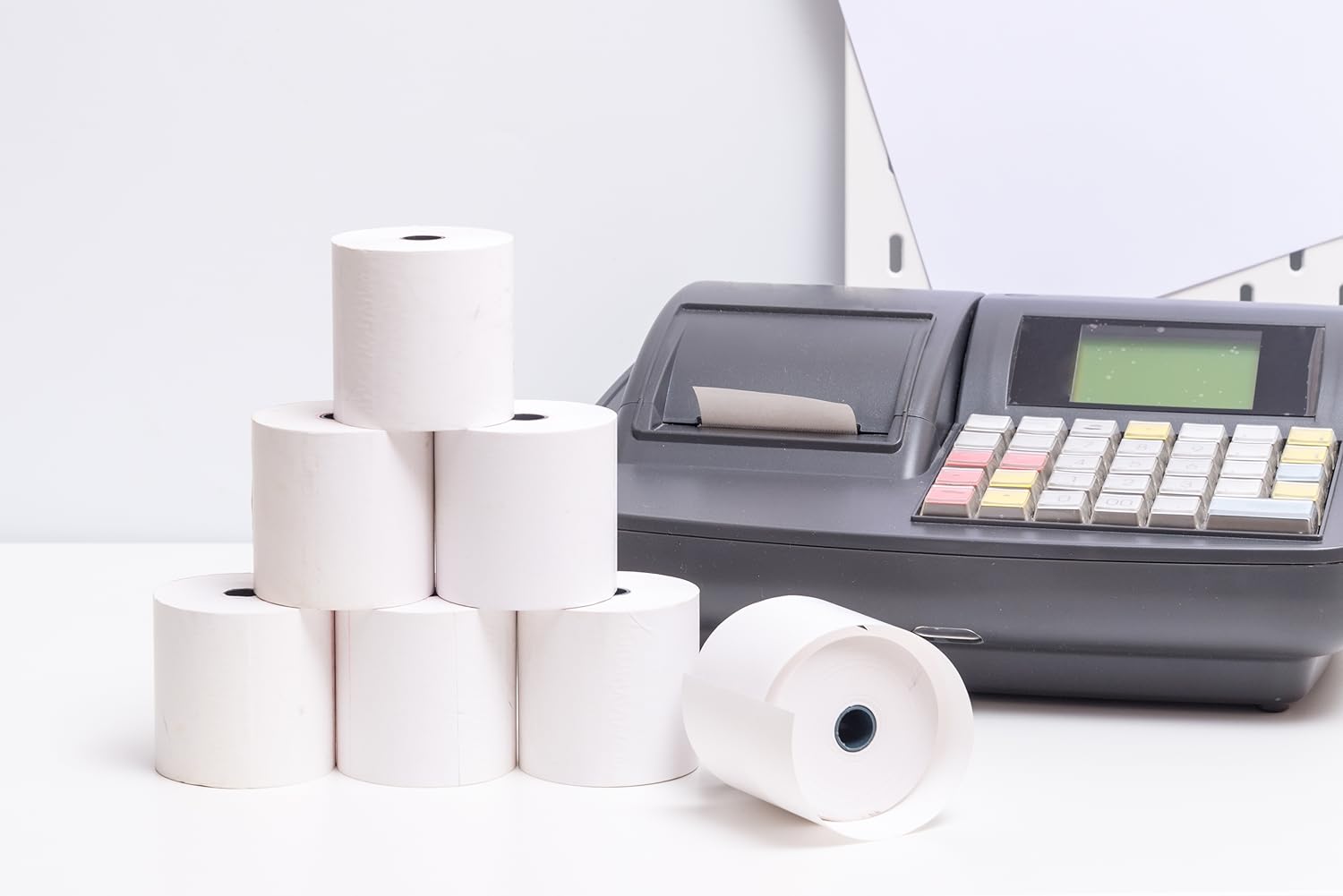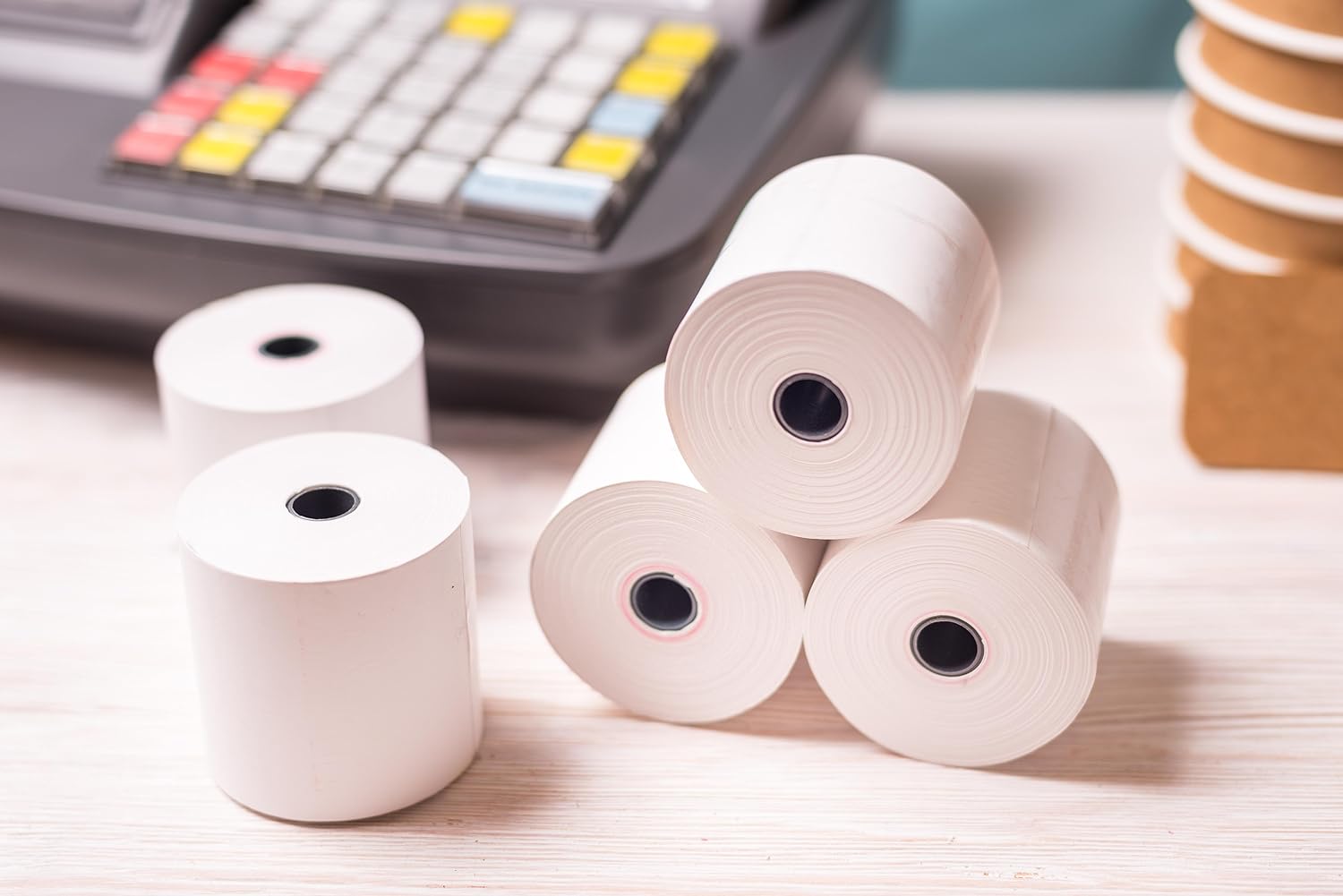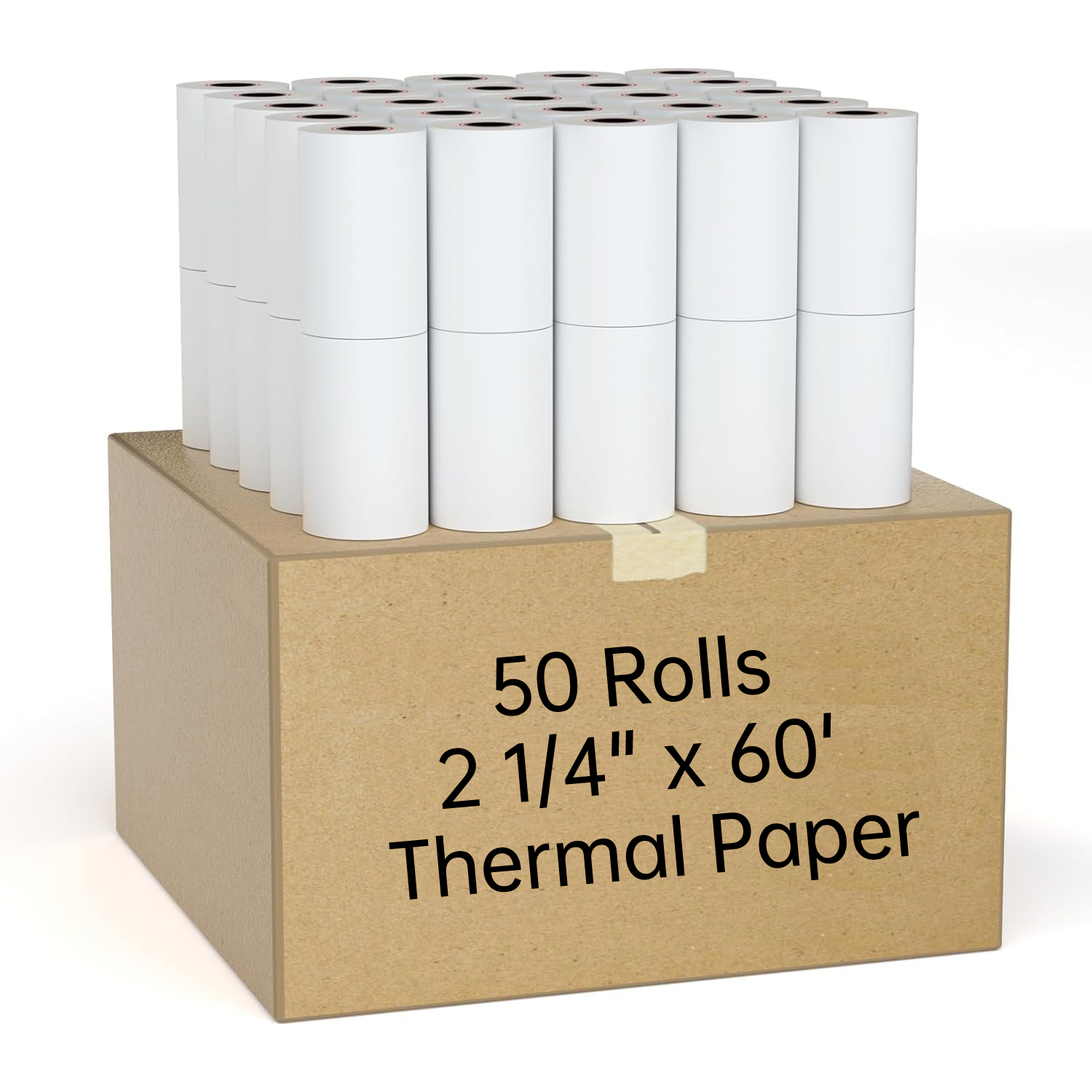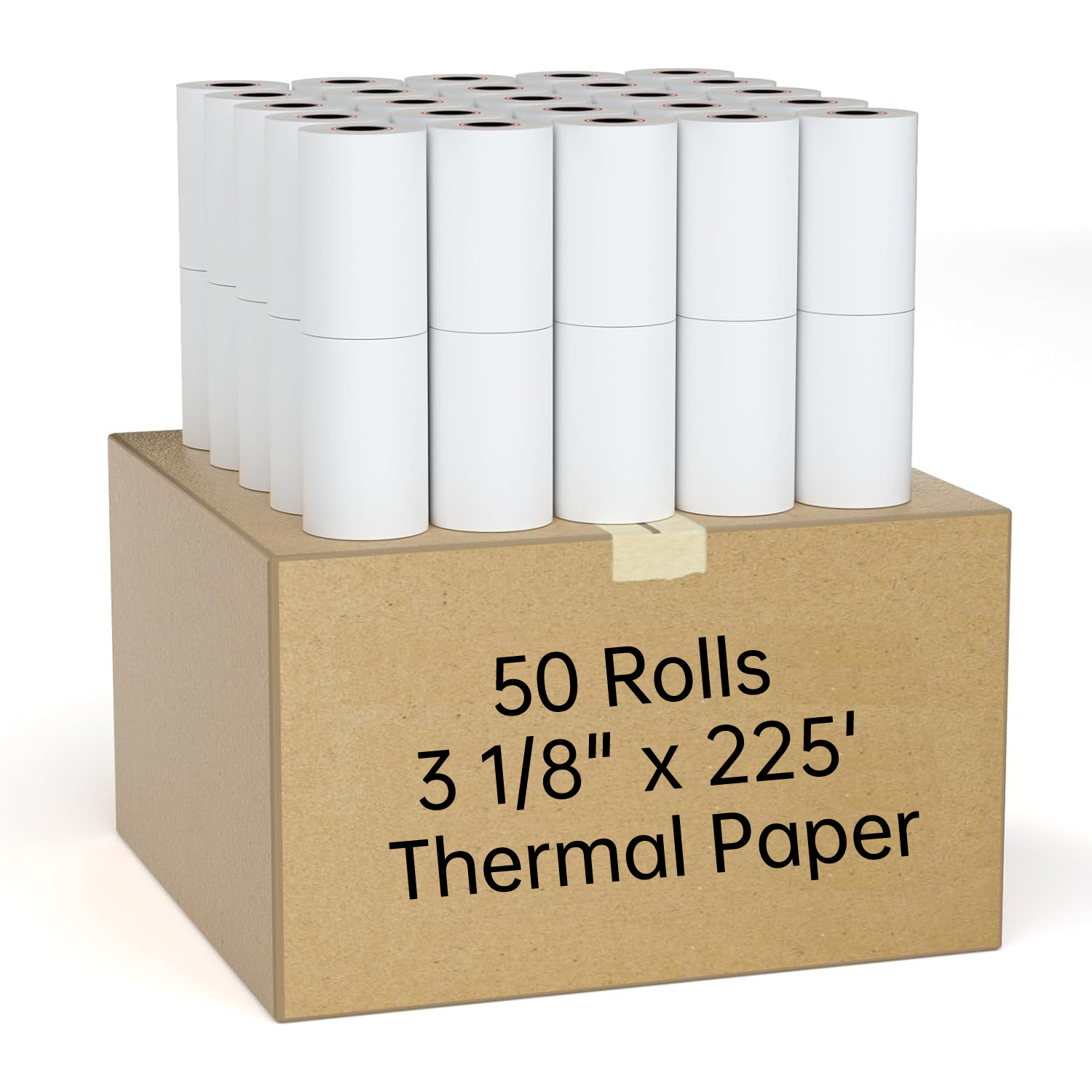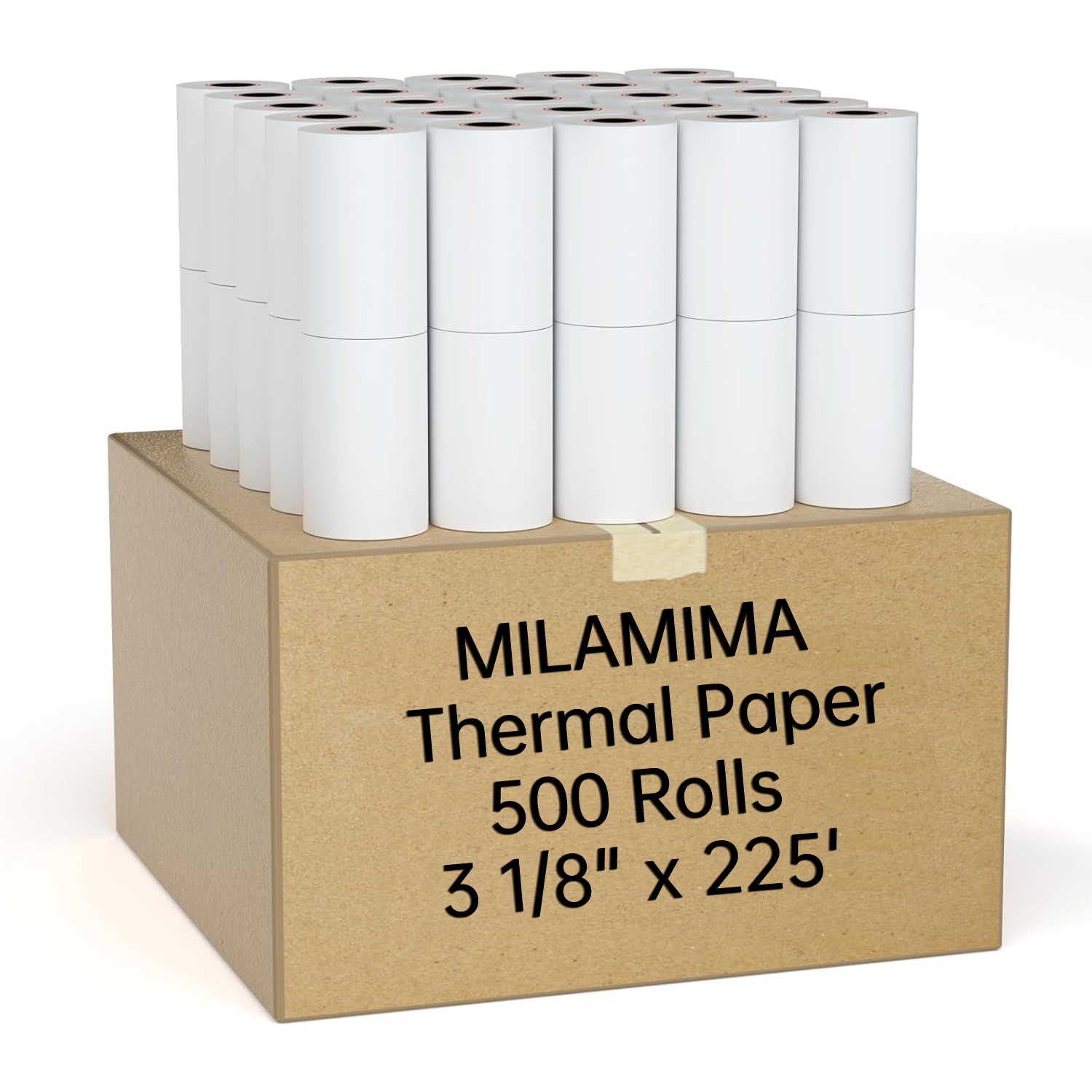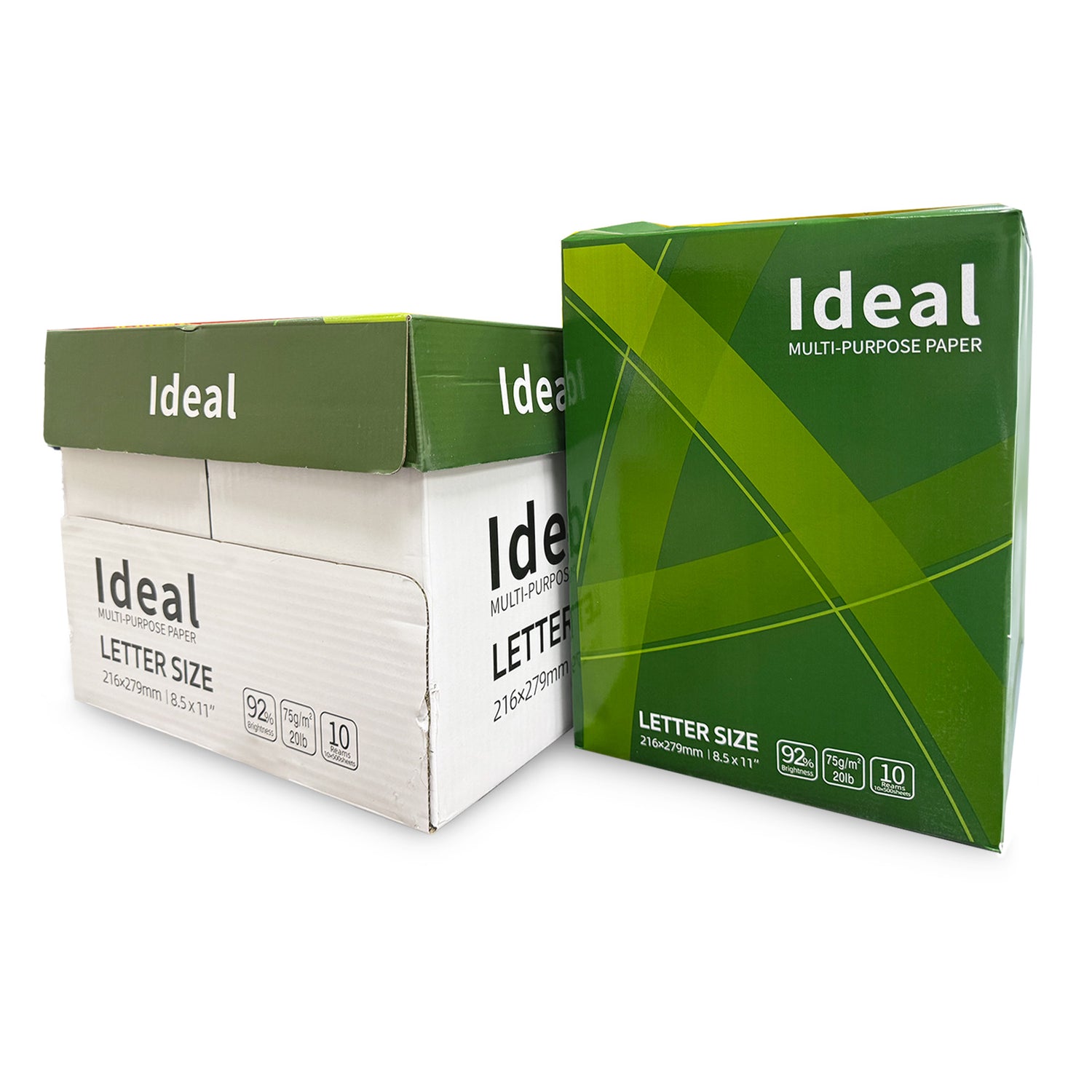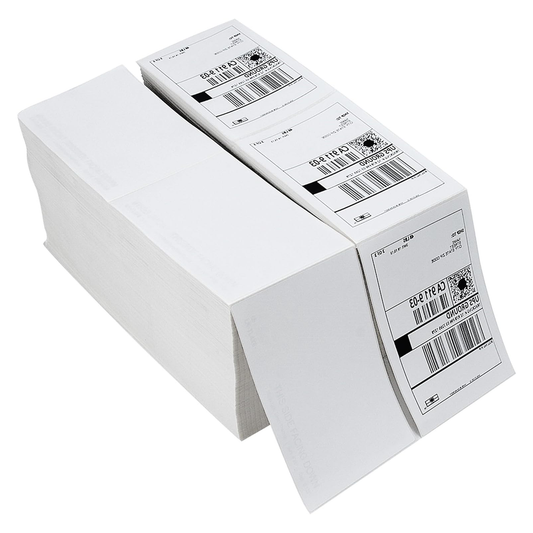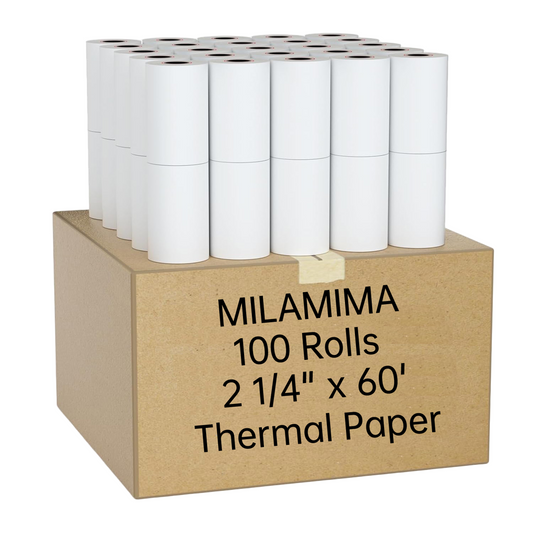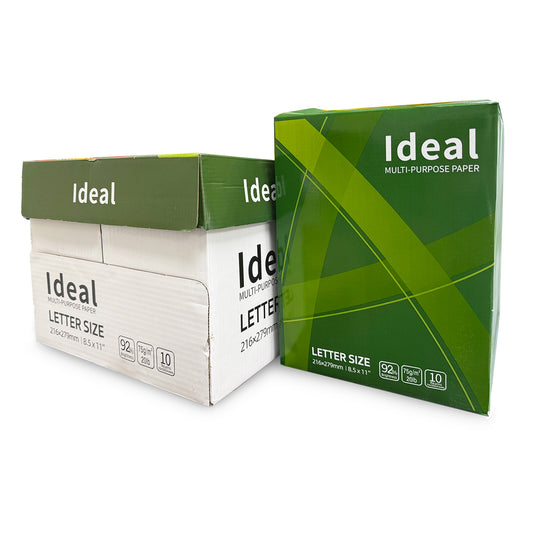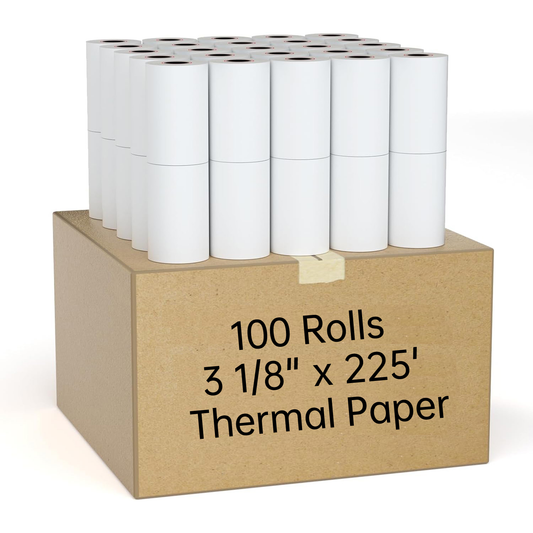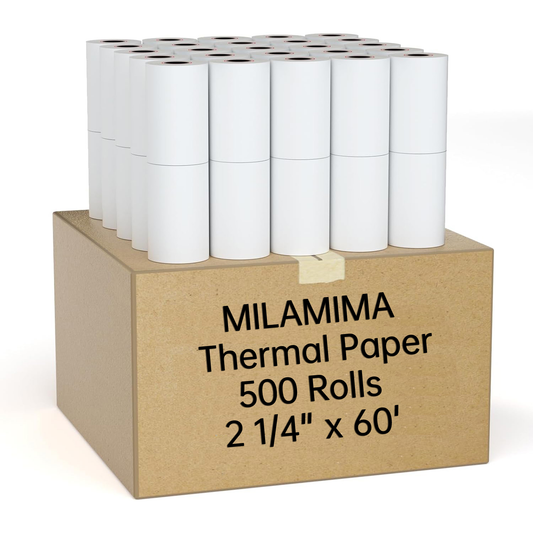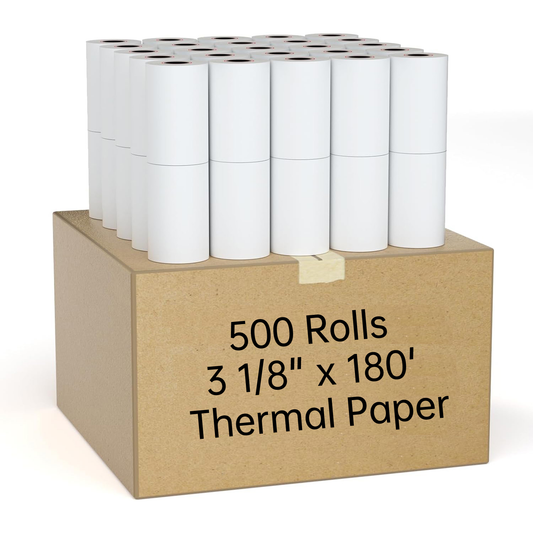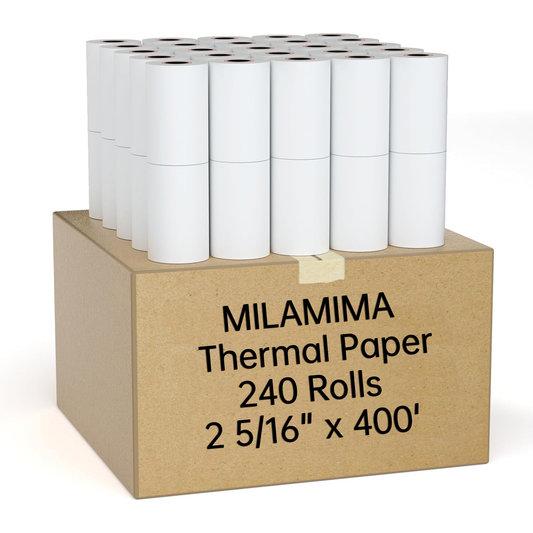Binoculars are invaluable tools for a range of activities, from birdwatching and wildlife observation to enjoying a theater performance or stargazing. However, achieving a clear, crisp image requires proper focusing and calibration. In this guide, we'll walk you through the steps to properly focus and calibrate binoculars, ensuring you get the best possible viewing experience.
Understanding Focusing vs. Calibration
When it comes to binoculars, focusing and calibration are two distinct processes.
- Focusing involves adjusting the central focusing wheel to bring both barrels of the binoculars into sharp focus simultaneously.
- Calibration, or diopter adjustment, is crucial for compensating for differences in vision between your eyes, ensuring that you get a sharp image when using both eyes.
Steps for Calibrating Binoculars
- Locate the Diopter Adjustment: Most binoculars feature a diopter adjustment ring near the eyepiece, typically on the right barrel. It may be marked with symbols like "-" and "+".
- Begin Calibration: Close your right eye and focus on a distant object using the central focus wheel with your left eye.
- Adjust the Diopter: Without changing the central focus, adjust the diopter ring until the image is sharp in your open (left) eye.
- Repeat for the Other Eye: Close your left eye and adjust the diopter for your right eye.
- Test Both Eyes: Open both eyes and ensure the image remains clear. If necessary, fine-tune the central focus for optimal clarity.
Choosing the Right Binoculars for Different Activities
When selecting binoculars, consider your specific needs:
- Magnification: For most activities, a magnification of 7x to 10x is ideal. Higher magnification offers a closer view but can reduce the field of view and make it harder to track moving subjects.
- Lens Diameter: A larger objective lens (e.g., 50mm) allows more light to enter, making it ideal for low-light conditions, but it also adds to the weight and bulk of the binoculars.
- Size and Weight: Lightweight, compact binoculars are more comfortable for extended use, especially during activities like birdwatching or at the opera.
The SkyGenius 10x50 Binoculars: A Versatile Choice
The SkyGenius 10x50 binoculars strike an excellent balance between magnification and objective lens size. With 10x magnification, they bring distant subjects closer, while the 50mm lens ensures bright images even in dim lighting. Whether you're watching birds, attending an opera, or gazing at the stars, these binoculars are up to the task.
Troubleshooting Diopter Issues
If you find yourself frequently readjusting the diopter or experiencing blurred vision, it could indicate a problem with your binoculars. In such cases, consulting with an optician or upgrading to higher-quality optics, like the SkyGenius 10x50, could significantly improve your viewing experience.
Conclusion
Proper focusing and calibration are key to enjoying the full potential of your binoculars. By following these steps and selecting the right pair for your needs, you'll ensure a clear, sharp image every time, whether you're exploring the great outdoors or enjoying a live performance.

